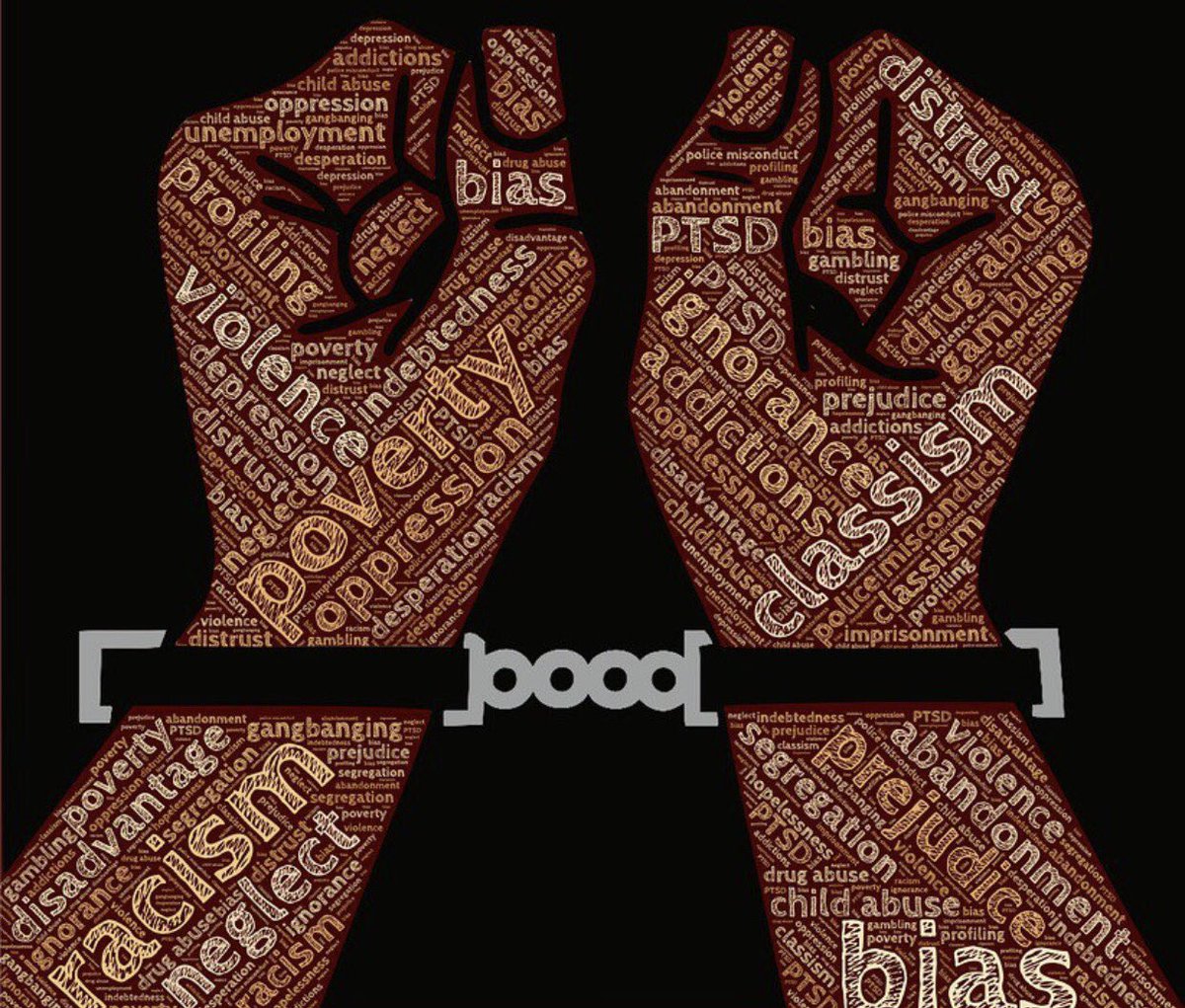In this series, appropriately titled “Black Boys in Crisis,” I highlight the problems facing black boys in education today, as well as provide clear steps that will lead us out of the crisis. Increasingly, educators are learning how to recognize the signs of textbook learning disabilities like ADHD or dyslexia. But what about the indirect impact that factors like poverty, abuse, neglect, or simply living in the wrong neighborhood have on a student’s ability to learn? Why aren’t we finding ways to identify the known risk factors for academic impairment and intervening earlier? Black boys with disabilities are the most …
Continue reading “Black Boys in Crisis: Students with Disabilities”

